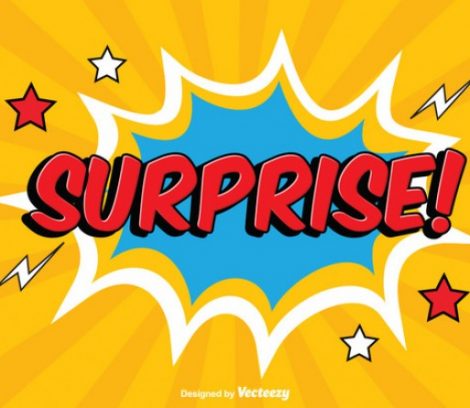
Sustainability scorecard results
Designing a sustainable home from first principles means combining lots of ideas into something that is so much different to a standard design. Does the overall design make sense? Is it better than a standard design? How much better? We needed a sustainability scorecard to compare our design against best practice to reassure ourselves we were on the path to success.
Fortunately, Maroondah Council had recommended the Built Environment Sustainability Scorecard (BESS) as a way to assess the sustainability aspects of our design. BESS is becoming increasingly popular amongst Melbourne Councils as a way of setting sustainability benchmarks for new homes. For example, the City of Yarra requires BESS results be submitted as part of the Planning Permit application.
Although Maroondah Council doesn’t have a BESS requirement, they were definitely interested in how well our designs rated. We also wanted to know so it made sense to complete the sustainability scorecard before putting in the application.
Before you start on the sustainability scorecard.

BESS is essentially a comparison tool. Inside the software, there lives a model of the best-ever sustainable home built in the ideal location. The program takes the data on a proposed design, compares it against the Holy Grail of sustainable housing and spits out a rating. There are nine comparison categories, ranging from energy consumption to transport options to the livability of the design. There’s even a category for wild and crazy ideas that other designers might not have tried. It’s a holistic approach that recognises there’s more to sustainable design than just a good energy rating.
I recommend anyone contemplating doing what we did (ie start from first principles), read the information provided on all the categories that go towards making a sustainable design. There’s a treasure trove of ideas in there. They range from specific items such as water efficient shower heads to general guidelines about vegetation coverage on the property. Anyone can use the program as a checklist for things to think about putting into a superior design package.
We were late arrivals to this party, only having discovered BESS after our plans were in the final stages of development. Fortunately, a combination of David’s sustainable building experience and our research meant there were no surprises.
Using BESS.
Preparation is the key to success with BESS. The planning permit drawings and NatHERS energy rating documents are essential. Having a detailed understanding of the design is important.
Using the BESS program is quite straightforward. The experience is what I would imagine an interview run by a computer would be like. Have you met this criterion? If not, move to the next one. If you have, which of these options did you use to achieve the objective? Would you like to tell me a bit more about how you met the objective? Thank-you, your score in this part of the interview is X%. Now to the next part of the interview …
The program keeps the input data in draft form for as long as you want to play with the inputs. It’s easy to modify an input, see what impact that has on the score and then decide what the final design should be.
At the end, users have the opportunity to review all the inputs and then lock down the rating. I’m assuming this is a requirement of the submission process for Councils who specify that BESS documentation is needed for planning permits.
What was the overall result?

Our sustainability scorecard was a pleasing result of 72%. Getting a score in the “excellence” category was a buzz. However, independent recognition that our designs compared favourably to best practice was the best part of the exercise.
Highs and lows for our sustainability scorecard.

With a final NatHERS energy rating of 8.4 for our homes, we expected to do quite well in the energy category. Getting 63% meant we were good but the model’s calculations showed we missed a couple of benchmarks. For example, we didn’t reduce the homes’ peak electricity demand by a large enough amount. Of course, we think that a design with solar cells charging batteries which are sized to handle most of the peak demand will minimise this load.
Reaching 100% scores in waste, handling storm water and livability boosted our overall result. Everyone involved in the design put a lot of effort into making the dwellings comfortable to live in so we are confident future residents will feel and see the difference when they move in. Not trying to cram 4 units onto the property and using an indigenous theme for the landscaping helped us score well in urban ecology.
Our “wild and crazy” idea contributions included items like the natural evaporative cooling effect of having a water feature located outside a low window and gravity feeding water to the toilets.
Transport was one area where BESS said we could make significant gains. The model congratulated us on providing facilities for charging electric vehicles but wanted us to do more about providing alternatives to cars. Putting in parking spots for motor bikes and proper bike racks would have given us a higher score. We’re happy with providing lockable storage spaces for residents’ bikes. Being close to the train station is a plus that isn’t recognised by the program.
Recommendations for how to use BESS.
- Use the guidelines in BESS as the basis for a new design.
- Prepare the drawings required for a Planning Permit application.
- Use BESS to rate the design and highlight areas of potential improvement.
- Make informed decisions about what further improvements are justified.
Initially, the idea of using BESS at the same time as preparing the Planning Permit documentation was daunting. However, completing the scorecard was time well spent and proved to be a useful addition to the permit application.







1 Comment
Gillian Cohen
September 05, 09 2016 08:09:45Well done. You deserve to be very pleased with yourselves.